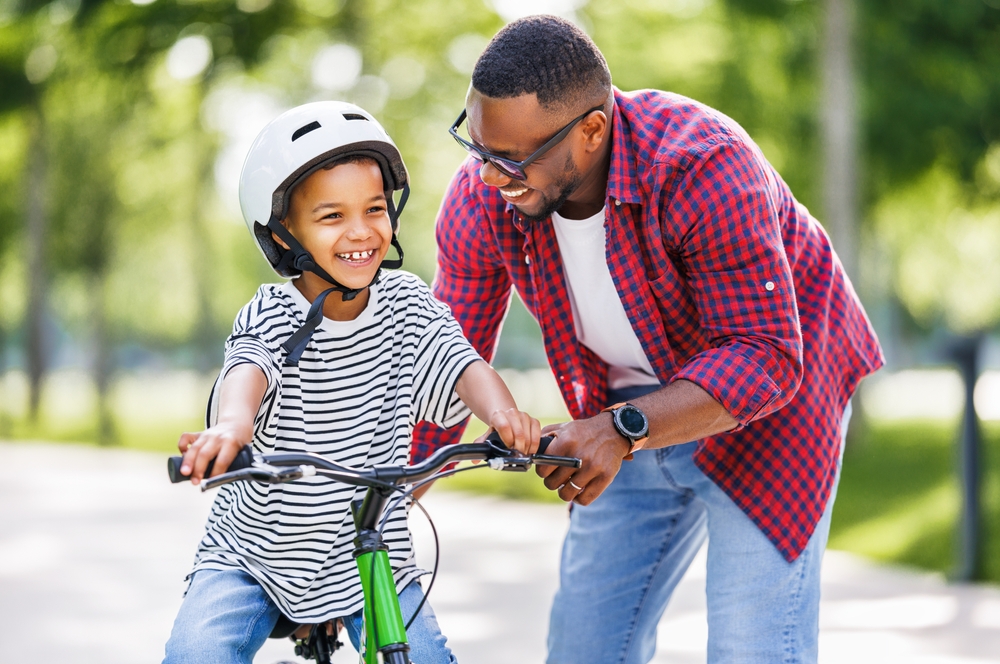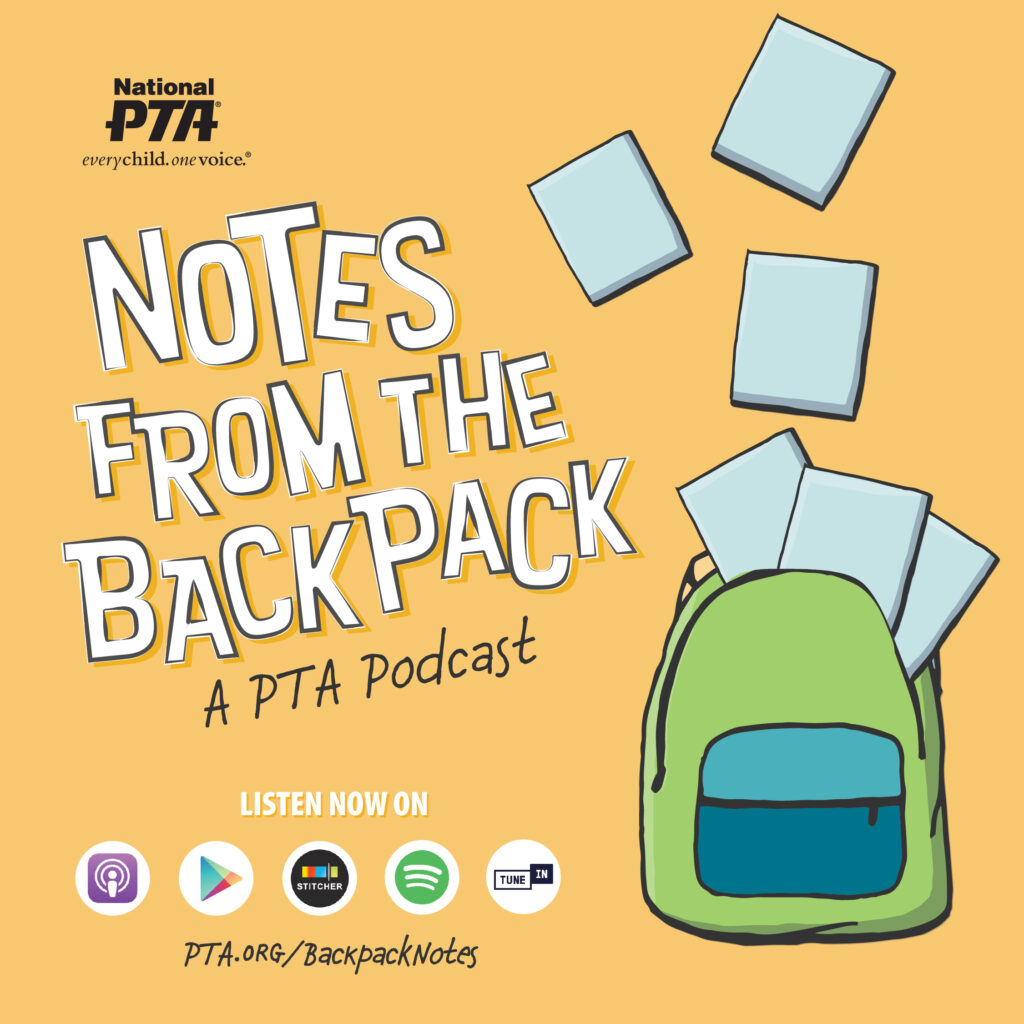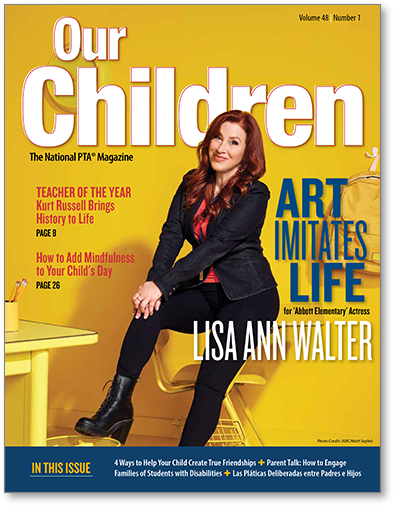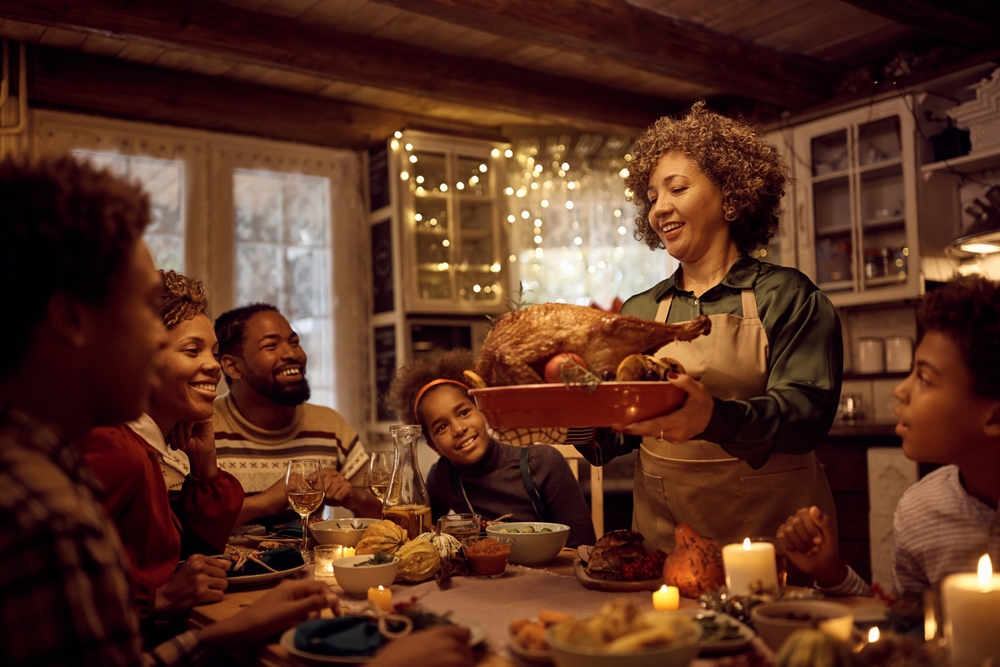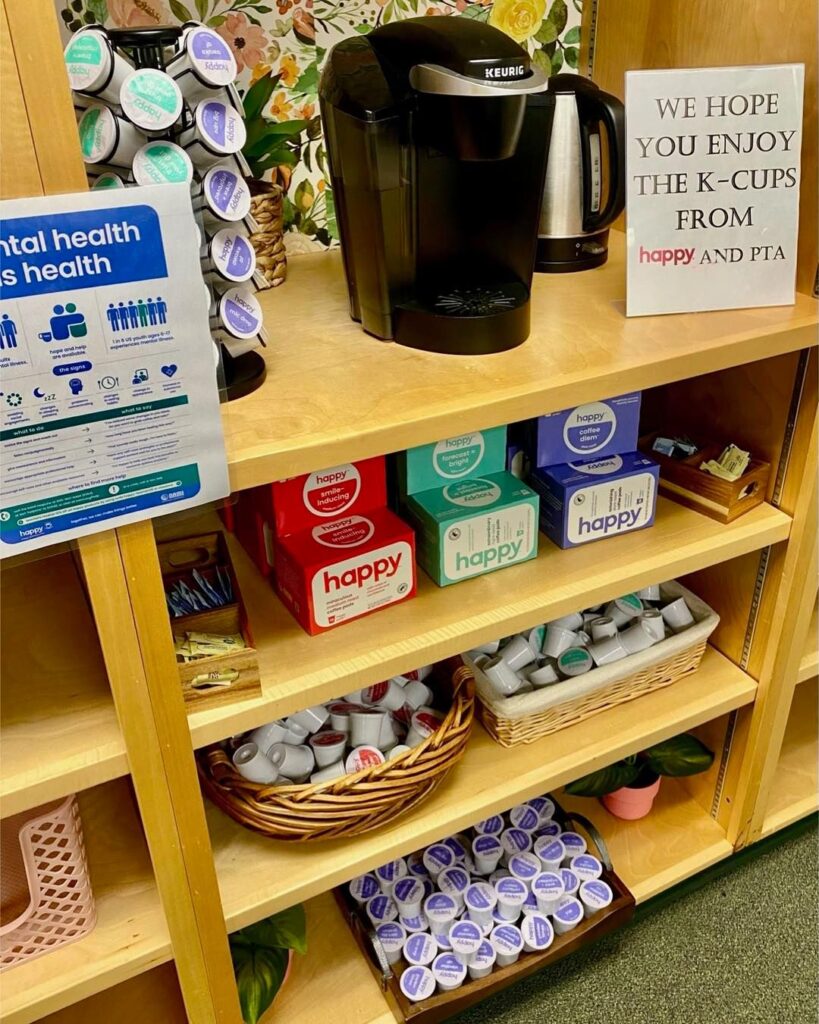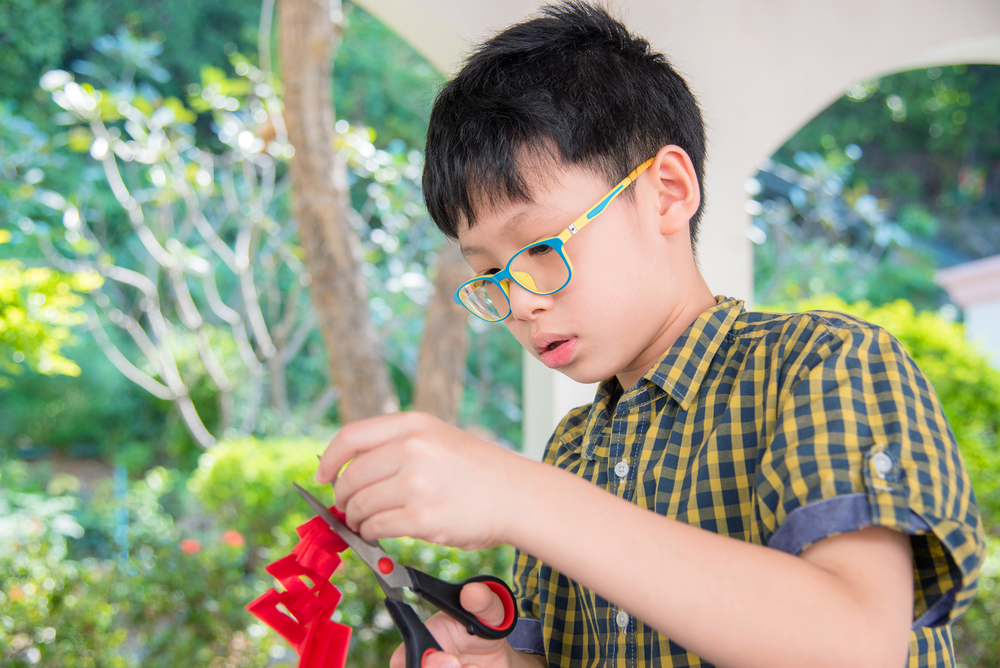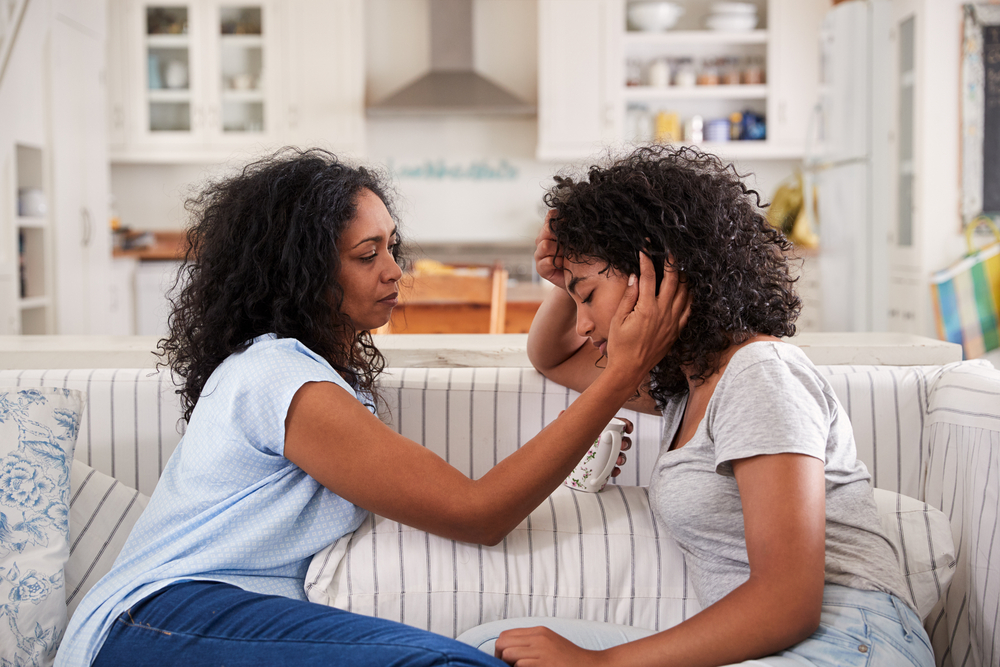Even if you’ve made an effort to teach your child bike safety as soon as they graduate from training wheels, it’s never too early or late to emphasize the importance of smart cycling. Most children are ready to ride on two wheels by age 8 to 10, but many other factors—including their interest in biking, coordination and strength to use hand brakes—can also play a part.
Helping your child build confidence as they grow as a bike rider can eventually make them a safer car driver, while helping you rest easier as a parent each time they’re on the road. Follow these age-appropriate bike safety tips.
Tips for 5-9 Year Olds
At this age, children should be excited about bikes. The fun of getting around without walking can’t be beat. But navigating unforeseen obstacles (such as animals, pedestrians and cars) can take some getting used to, and preparing them for a safe ride is also essential.
- Make sure their bikes are the right size. Don’t just use a hand-me-down from older siblings, or pick up any used cruiser you see at a yard sale. If your child can’t place their feet on the ground when sitting on their bike, it’s too large to be safe.
- Dress them in visible clothing. To make sure car drivers can see your kids, have them wear a brightly colored t-shirt or jacket, and make sure their wheel spokes have reflectors.
- Get them a well-fitting helmet. A non-negotiable part of any ride, investing in a snug helmet for your child (and insisting that they buckle it) is a must.
- Teach basic safety and ride with them. At this age, teaching your children to check their bike tires for air and functional brakes before they ride is important. But it’s best to accompany them on rides—or have an older sibling go with them. It will take a while before basic rules of the road start to stick.
Tips for 10-14 Year Olds
Now that your child is more comfortable on their bike, they will probably want to use it for transportation or recreation on a regular basis. You’ll want to congratulate them on their improved skills, while reminding them that safety always comes first.
- Brighten up their ride. Licensed drivers know to look for cyclists, but equipping your child’s bike with a light and reflector—and insisting they wear bright colors on each ride—are all great precautions to take.
- A helmet is still a must. Don’t let your children think they are too skilled (or cool) for this piece of protective gear. Remind them that it will protect them in an unexpected crash or fall.
- Teach them to act like a driver. Just like cars, bikes are considered vehicles, so biking with the flow of traffic and following stop and yield signs, as well as traffic signals, is required. Stress that they shouldn’t ride into intersections (or out of driveways) without looking both ways.
- Emphasize distraction-free riding. The road is no place for erratic, distracted biking. Teach your kids to bike in a straight line, and to not text or talk on their phone or listen to headphones or earbuds while riding. Similarly, riding with both hands on the handlebars is a must: Not doing so creates room for error, and less reaction time to avoid potholes or other foreign objects.
- Avoid pedestrian and car traffic if needed. If your child looks or seems uncomfortable on their bike, look for a route that’s less crowded. Teach them to take the bus with their bike, and that it’s OK to walk beside it in a bike lane if they feel unsafe dodging pedestrian traffic.
Tips for 15-18 Year Olds
If your child has been riding their bike throughout their childhood, they are probably using it more frequently in their late teens. However, the same safety rules still apply—and you can also take a few additional precautions.
- Install a bike light on their bike. Though reflectors are helpful in the daytime, an actual light on the handlebars can keep your kids safe at dusk when visibility is low.
- Stock up on reflective gear. In addition to wearing bright colors, a jacket with light-reflecting patches provides extra protection against careless motorists.
- Gather up baggy jeans. Even if your child insists on wearing fashionable pants, insist they tie the legs back with a reflective velcro strap. It will prevent the fabric from getting caught.
- Avoid parked cars and pedestrians. In addition to behaving like a car driver, showing your child how to bike three feet from parked vehicles—and to ride in the center of the bike lane, when possible—will allow for reaction time from unforeseen objects.
- Use hand signals and ride predictably. Passing pedestrians on the left, stopping at stop signs and signaling turns with an outstretched arm are important, universal bike etiquette rules to follow.
Regardless of how old your child is, stress to them that the most important rule is to never assume that car drivers will see them. Being extra cautious is the easiest way to avoid accidents and enjoy a safe ride.

